The first time I went to the Salone in Milan was in 1976. It was a good year for Mario Bellini who launched the Cab chair for Cassina; though in those days as a callow 24-year-old, what would I know about it? But I loved the city, its austere ochre-coloured palazzos, and its modernist legacy. I searched out its hidden courtyards and green gardens just barely visible from the street. I loved the biscuit-coloured trams, with that wonderful arrow to point out the entrance, and the Pirelli rubber floors of the Metropolitana.
Back in London it was hard to explain the appeal. Britain was still obsessed by the appeal of Tuscany. If there were Italian cities that registered there, they were Rome, or Venice which of course is not a city at all. I would try to explain the charm of the hidden qualities of Milan, quite confident and austere. On one level this character is the product of its insulation from globalisation and its reliance on its own architectural culture – interrupted only by two massive exceptions: Stacchini’s railway station, and Piacentini’s Palace of Justice. In 1976 the courts were fortified against terrorism. On another level, decades characterised by what might politely be called a lack of civic direction had left large areas of the city trapped in a decay that took several more decades to address. If nothing happens, then at least nothing bad happens.
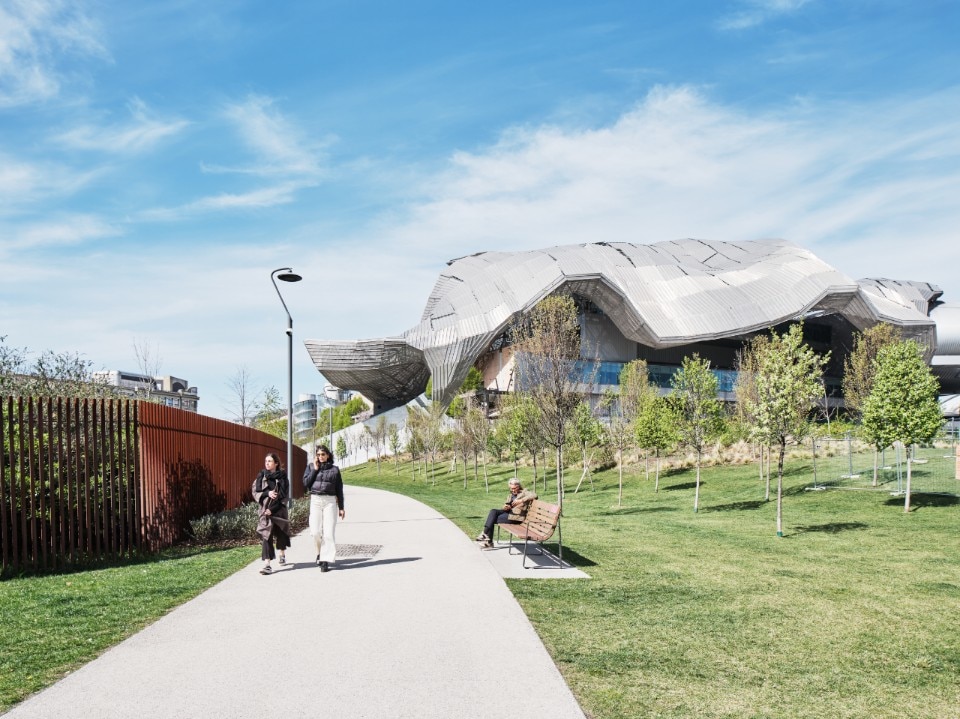
Looking at the city now almost half a century later, it can be hard to recognise. If you find yourself near the Porta Nuova, at the Porta Genova or in the remodelled fairgrounds that now go by the name of CityLife, you might get the idea that Milan has taken advantage of the lockdown, when the world was looking elsewhere, to sprout an unlikely crop of new towers that subvert the reassuring presence of the Pirelli and the Torre Velasca.
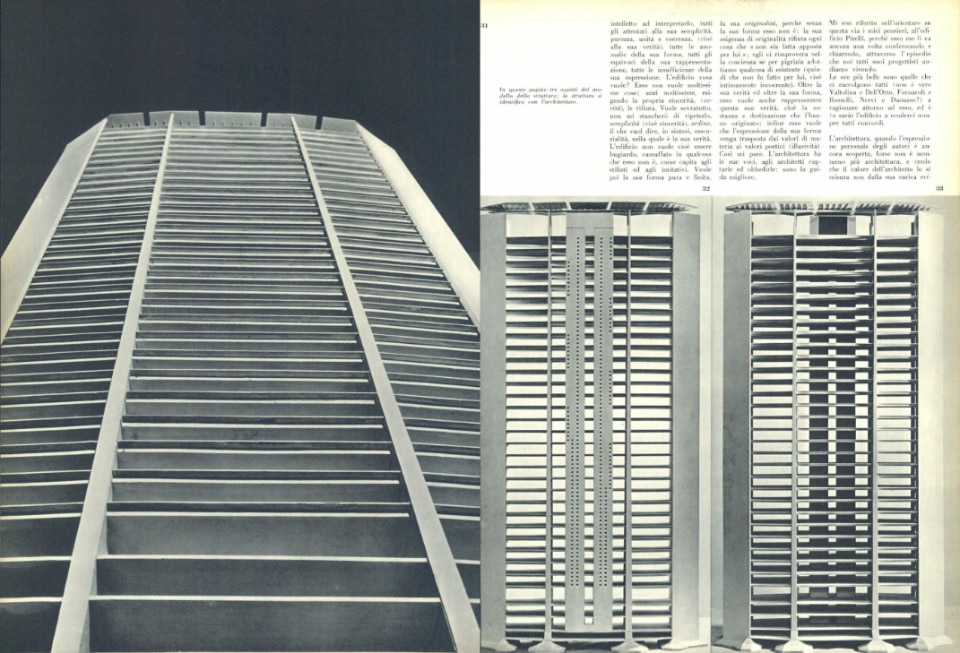
The wave began with Pei Cobb Freed’s 39 floor Palazzo Lombardia followed by the 231m high Unicredit tower, perhaps Cesar Pelli’s least convincing skyscraper. CityLife completed the last of its three big towers, Daniel Libeskind’s extraordinarily phallic high rise occupied by the multinational accountancy firm PwC. Still to come, somehow inevitably is the Portico, yet another attention seeking structure designed by Bjarke Ingels.
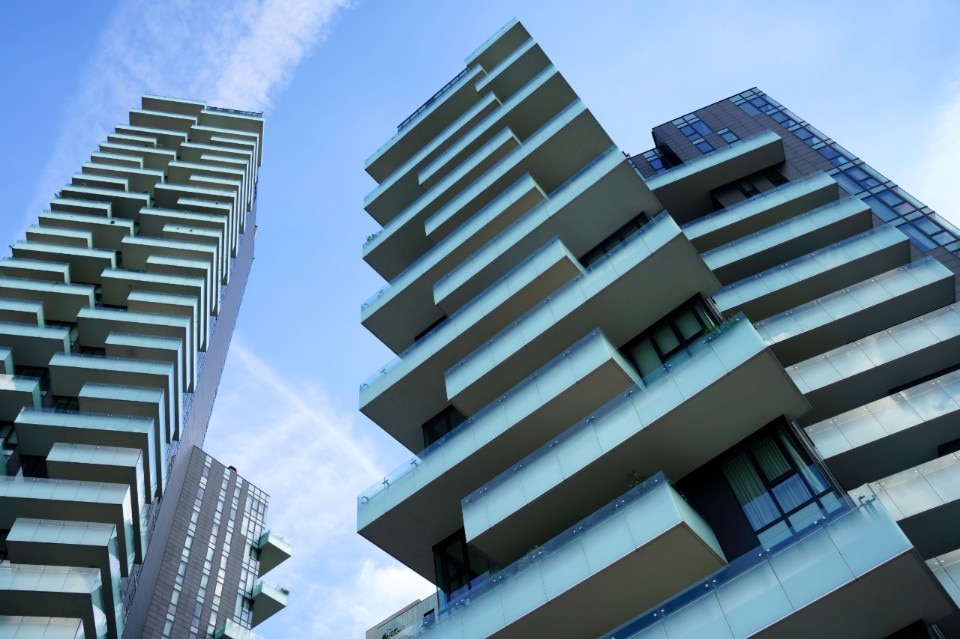
The towers of Ponti and BBPR served not as challenges to the Duomo at 108m but as an accompaniment to its fretwork spire. Their misshapen successors seem like a deliberate attempt kick over the traces, to undermine Milan’s reputation for well-mannered restraint that began with the rationalism of the 1930s.
The city had two protections; insularity, and paralysis. They have now evaporated. As the city emerges from post-industrial dereliction and a frozen planning system that took almost 50 years to produce a vision of what the city could be, Milan can be thankful that it has not atrophied like some Italian cities. But it has paid a price for its openness.
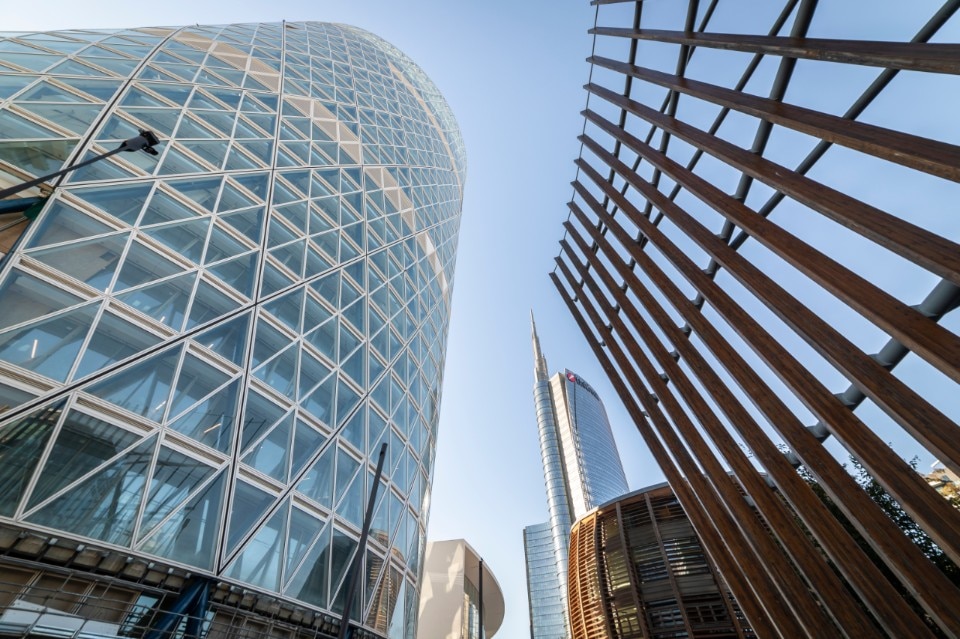
The majority of Milan’s most wilful architectural eruptions are the product of transplants from elsewhere. But not all. The view from the Corso Porta Nuova toward the Piazza Republica has come to resemble a scene from a remake of the War of the Worlds with a hostile alien looming over the cowering streets of the 19th century city in the shape of the UnipolSai tower. It is the work of Mario Cucinella returning to Italy after years with his mentor Renzo Piano. And there had already been two huge examples of Milan rejecting its traditional restrained architectural language in the shape of Mario Bellini’s metal cloud at the old Fiera, and the Fuksas project at Rho.
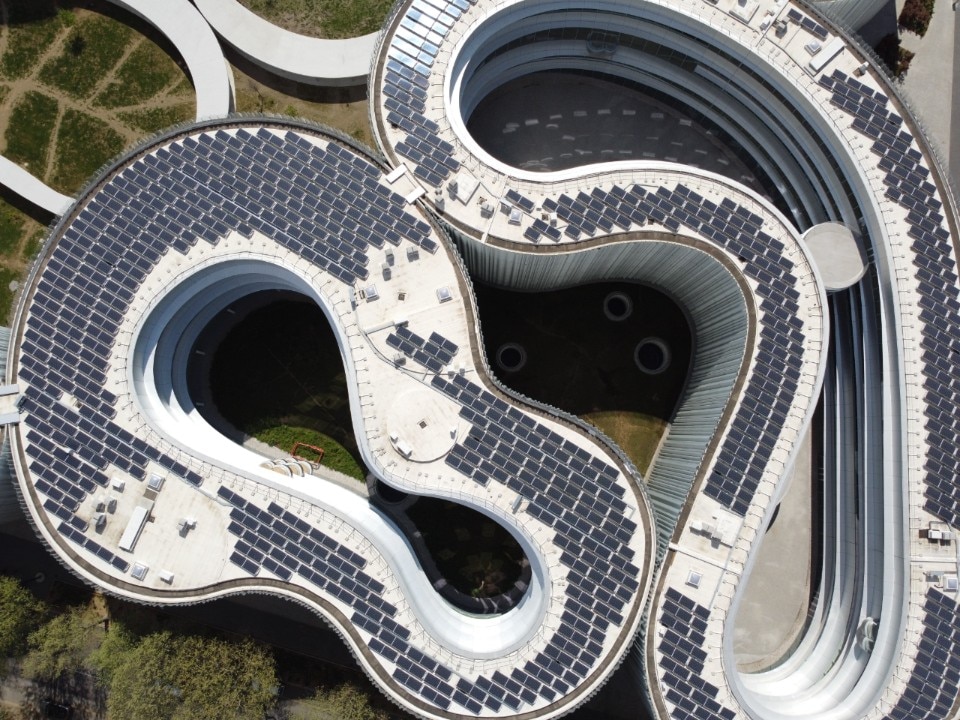
It needs to be said that three of Milan’s most interesting recent buildings are designed by non-Italians, and they certainly show that it has things to gain by looking outside. Two of them by women; a detail that I only mention because I still remember hearing one member of a bad-tempered jury chaired by Peter Cook trying to argue that no Asian female could possibly understand the nature of an Italian courtyard, before the vote to select SANAA to design the Bocconi business school. Bocconi also has Grafton Architects austerely beautiful and completely different complex for the Bocconi. And there is OMA’s undoubtedly impressive transformation of a former distillery for the Prada Foundation.
Thus, the pace of change is not slackening. The Olympic village at the old Porta Romana marshalling yard, and neighbouring developments by Antonio Citterio and Patricia Veil when they are completed will consolidate the transformation of that part of the city started by Prada. The latter at least are rooted in the idea of a city of architectural sobriety.
Opening image: Panoramic view of new skyline. Photo by UMB-O on Adobe Stock


